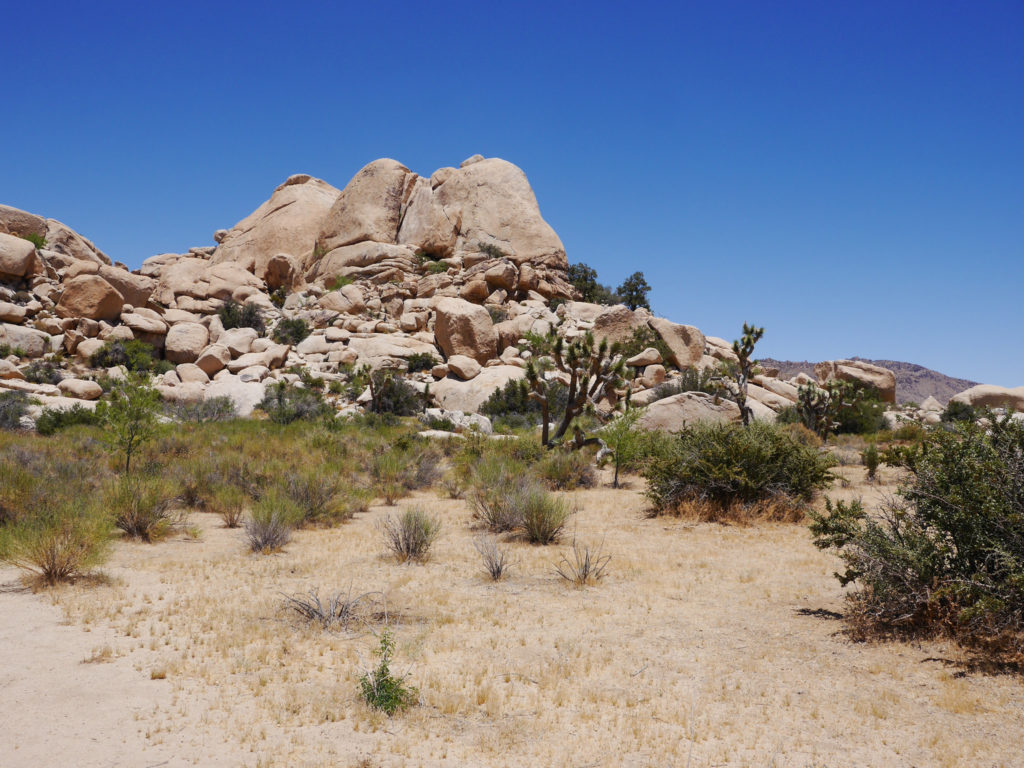
Protecting biodiversity is a critical challenge facing humanity. Global vertebrate populations – from elephants to amphibians – declined by 58% from 1970 to 2012 and losses are expected to reach 67% in the next two years. Think about it: at least two-thirds of all vertebrate animals on earth have vanished over the lifetime of anyone fifty years old or over.
People are still trying to create new national parks, wildlife refuges and other protected areas, but it is increasingly difficult to do as our living spaces continue to expand. As a result, protecting biodiversity is increasingly about making room for wildlife on the margins of our own urbanized existence.
We are creating corridors that connect protected areas to ensure safe passage for wildlife across shared habitats. Cities are buying up habitat within their borders to protect water sources. Utility companies are managing gas and transmission line corridors by maintaining them as habitats for pollinators and migratory birds.
In many places, city residents are rallying to their wildlife. In Mumbai, India, residents are protecting free-ranging leopards in the natural habitats in their midst. Los Angeles has turned its mountain lions in urban folk heroes. (In Europe, the return of wolves to the fringes of some of its largest cities has been welcomed along with brown bears, lynx, bison, and other species).
The 168 signatory nations to the Convention on Biological Diversity committed to extending protected area coverage to 17% of their land area by 2020, but getting there is proving very difficult. It may be that focusing on degraded landscapes – roadside edges, powerline rights of way, and other marginal landscapes – is our best chance to try to protect our world’s biodiversity as our own land use expands.
**********
Web Links
Habitat on the Edges: Making Room for Wildlife in an Urbanized World
Photo, posted June 16, 2017, courtesy of Anna Irene via Flickr.
‘Making Room for Wildlife’ from Earth Wise is a production of WAMC Northeast Public Radio.
Leave a Reply